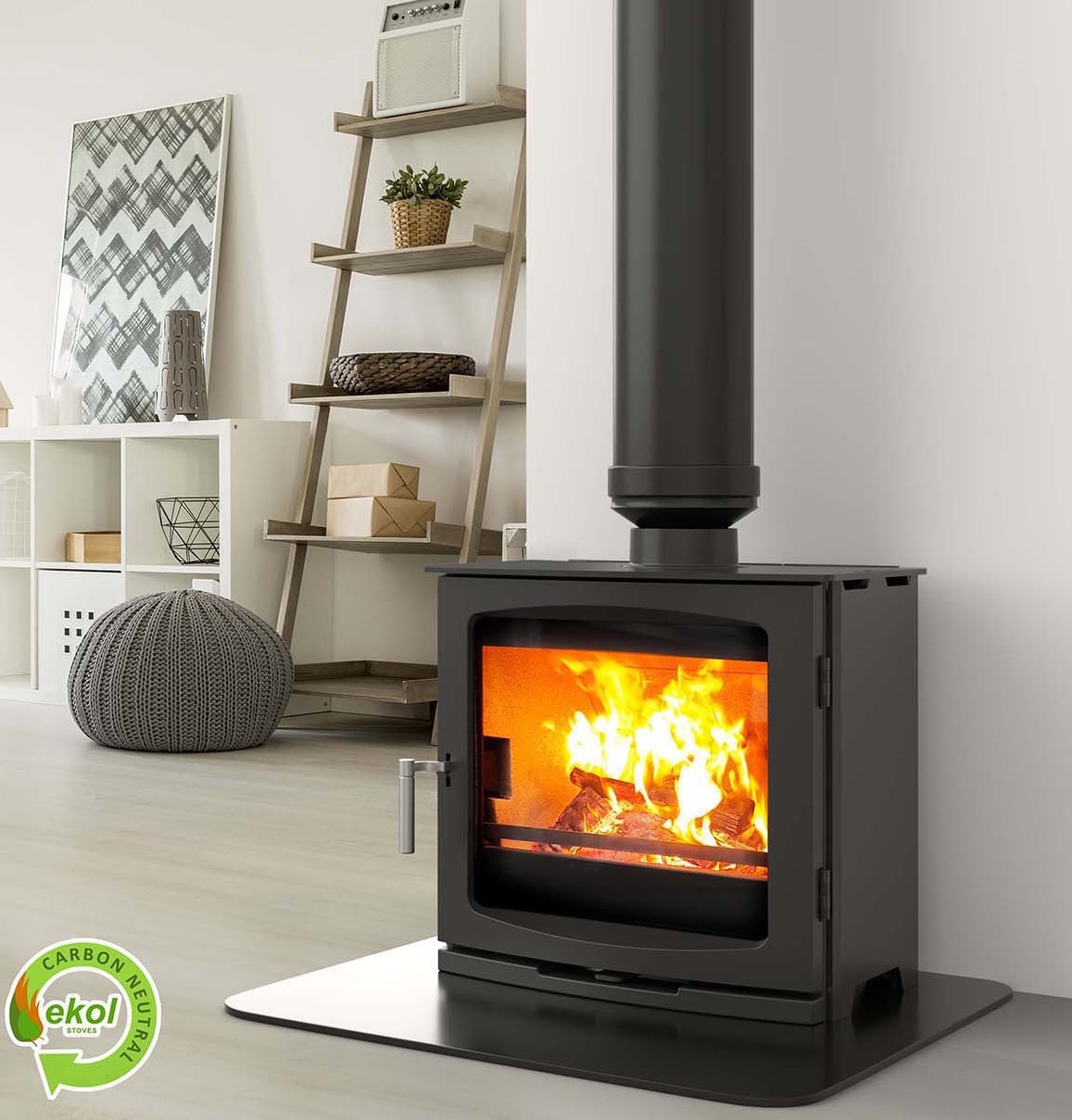Winter Comforts: The Secrets of Mastering Your Heating Appliance

When the bite of the cold season comes, a lot of us start to search for coziness and comfort in our houses. There is something distinctively inviting about the radiance of a wood burning stove that not only elevates the environment but also serves as a strong heating source. For those newcomers to this traditional method, mastering a fireplace can seem daunting. However, with the right understanding and a few practical tips, anyone can appreciate the cozy benefits of their wood burner while ensuring effectiveness and protection.
In this piece, we will investigate the realm of fireplaces, touching on everything from picking the best type for your home to understanding the best woods to combust. Whether you're planning installing or currently a proud possessor looking to enhance your time, our comprehensive guide will disclose the secrets of making the most of this timeless heating solution. Get ready to welcome the heat and charm that a fireplace can offer to your winter nights and evenings.
Comprehending Stoves that Burn Wood

Wood burning stoves have a long and rich history, evolving from basic heating methods to advanced devices that improve the atmosphere of a home. They operate by burning seasoned wood to produce heat, and today’s models come equipped with advanced technologies for enhanced efficiency and safety. With a wide variety of designs available, they not only serve a functional purpose but also add character to living spaces.
One of the key advantages of wood burning stoves is their ability to provide a sustainable heating option. Unlike fossil fuel-based systems, wood burning can be a sustainable energy source if managed properly. Homeowners can significantly reduce their carbon footprint by using eco-friendly firewood and taking care to minimize emissions through proper operation and maintenance techniques.
Choosing the right wood burning stove involves considering several factors such as dimensions, style, and thermal output. It is crucial to evaluate your space, assessing factors like insulation and room size, to identify which stove will meet your heating needs. Understanding these elements will help you make an educated decision that maximizes the benefits of a wood burning stove in your home.
Security and Maintenance Fundamentals
When using a wood burning stove, safety should always be a top priority. It is vital to ensure adequate ventilation to prevent smoke from filling the room. Installing a carbon monoxide detector in proximity is also a wise precaution, as this can quickly alert you to any dangerous buildup of this odorless gas. Furthermore, always maintain a secure distance between combustible materials and the stove. This consists of keeping furniture, curtains, and firewood at least three feet away to minimize fire risks.
Routine maintenance is essential to maximizing the performance and lifespan of your wood burning stove. Begin by checking the chimney for soot buildup and blockages at least a single year. Cleaning the chimney regularly helps avoid chimney fires and guarantees smoke flows properly. Additionally, check the stove's seals and gaskets; worn-out components can cause inadequate burning and heat loss. Replacing these parts when needed can greatly improve performance and security.
In conclusion, proper wood storage and selection are vital for both security and efficiency. Store firewood in a moisture-free, airy area to prevent moisture absorption, which can result in excessive smoke and creosote buildup. Be discerning with the type of wood you burn; seasoned hardwoods like oak and maple ignite cleaner and produce less smoke than softer woods. Steer clear of burning treated or painted wood, as this can release harmful chemicals into your home. Following these security and maintenance guidelines will help your wood burning stove functions securely and efficiently.
Improving Efficiency and Cozy Atmosphere
To increase the efficiency and warmth of your wood burning stove, it is crucial to focus on the quality of the wood you use. Dried Have a peek here , such as maple, burn more efficiently and longer than softwoods, making them ideal for heating. Avoid burning treated wood, driftwood, or colored paper, as these can emit harmful toxins into the air. Proper keeping of firewood ensures that it remains dry to burn, which not only increases the heat output but also minimizers smoke production.
Another important factor in achieving best performance is the way you light and tend the fire. Utilize the top-down method of lighting, which involves arranging larger pieces of wood at the bottom and smaller pieces on top, creating a highly efficient burn. Once the fire is started, ensure a steady supply of air to maintain the flame without dying down. A well-maintained fire not only heats your space well but also contributes to a cozy atmosphere that wood burning stoves are known for.
Regular maintenance and checks also play a vital role in improving your stove's efficiency. Schedule regular cleanings of the chimney and flue to prevent creosote buildup, which can reduce airflow and pose a fire hazard. Checking insulation can prevent energy loss and ensure your stove functions more efficiently. By spending time in these practices, not only do you enhance the life of your stove, but you also create a comfortable, pleasant environment that makes winter evenings delightful.
